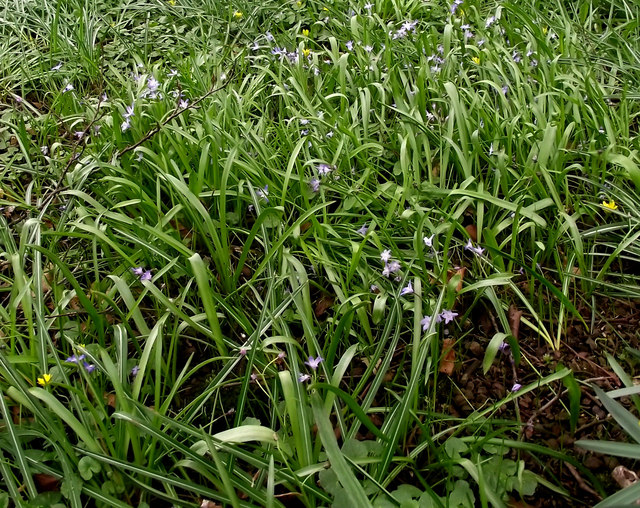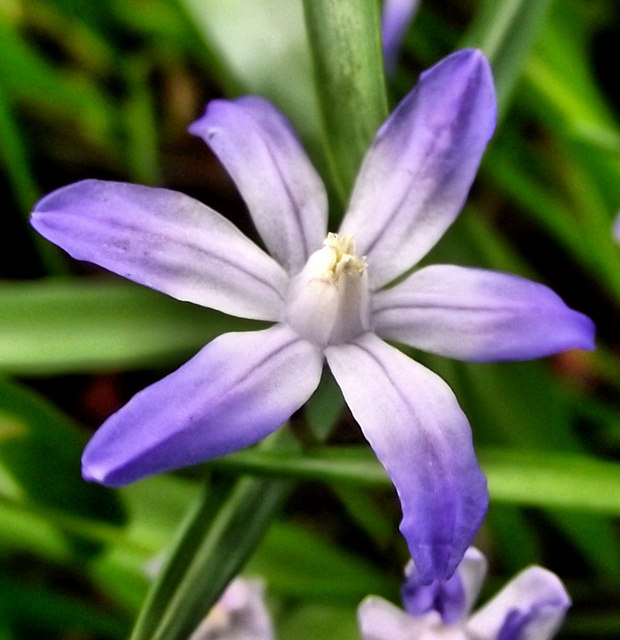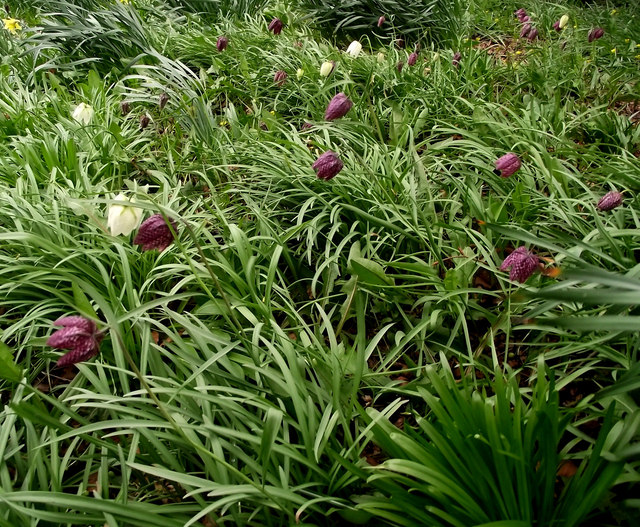Brown Lees
Settlement in Staffordshire Staffordshire Moorlands
England
Brown Lees

Brown Lees is a small village located in the county of Staffordshire, England. Situated approximately 2 miles north of Stoke-on-Trent, it is nestled within the scenic landscape of the Staffordshire Moorlands. The village is characterized by its quaint charm and rural atmosphere.
Brown Lees has a rich history dating back to the 18th century, when it was primarily an agricultural community. Today, it has evolved into a residential area with a mix of traditional and modern housing. The village is known for its picturesque views and peaceful surroundings, making it an attractive place to live for those seeking a rural lifestyle.
Despite its small size, Brown Lees offers a range of amenities to its residents. The village has a local pub, The Red Lion, which serves as a social hub and meeting place for the community. There is also a primary school, Brown Lees Academy, providing education for the village's younger inhabitants. For outdoor enthusiasts, the nearby countryside offers ample opportunities for walking, cycling, and exploring the natural beauty of the area.
The village's location provides convenient access to larger towns and cities in the region. Stoke-on-Trent, with its shopping centers, restaurants, and cultural attractions, is just a short drive away. Additionally, the nearby A500 road connects Brown Lees to the wider road network, making it easily accessible for commuters.
In summary, Brown Lees is a peaceful and picturesque village in Staffordshire, offering a rural lifestyle with convenient access to larger towns and cities. Its rich history, friendly community, and beautiful surroundings make it a desirable place to call home.
If you have any feedback on the listing, please let us know in the comments section below.
Brown Lees Images
Images are sourced within 2km of 53.104716/-2.190114 or Grid Reference SJ8756. Thanks to Geograph Open Source API. All images are credited.









Brown Lees is located at Grid Ref: SJ8756 (Lat: 53.104716, Lng: -2.190114)
Administrative County: Staffordshire
District: Staffordshire Moorlands
Police Authority: Staffordshire
What 3 Words
///lies.caged.swims. Near Biddulph, Staffordshire
Nearby Locations
Related Wikis
Tunstall Road
Tunstall Road, also known as Victoria and Knypersley Social Welfare Centre, is a cricket ground in Knypersley, Staffordshire. The ground is located along...
Braddocks Hay
Braddocks Hay is a village in Staffordshire, England. Population details for the 2011 census can be found under Biddulph
Knypersley Hall
Knypersley Hall is an 18th-century Georgian style country mansion at Biddulph, Staffordshire, England. It is protected as a Grade II* listed building....
Harriseahead
Harriseahead is a village in the county of Staffordshire, England, just north of the Potteries (Stoke on Trent) and about 2 miles (3.2 km) south-west of...
Nearby Amenities
Located within 500m of 53.104716,-2.190114Have you been to Brown Lees?
Leave your review of Brown Lees below (or comments, questions and feedback).









